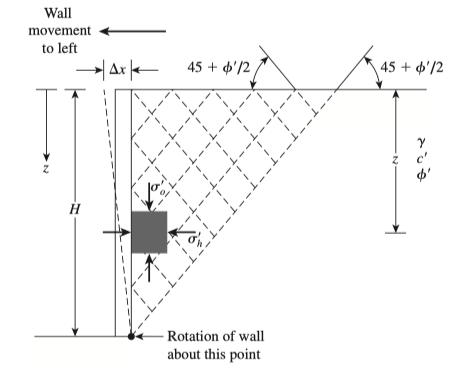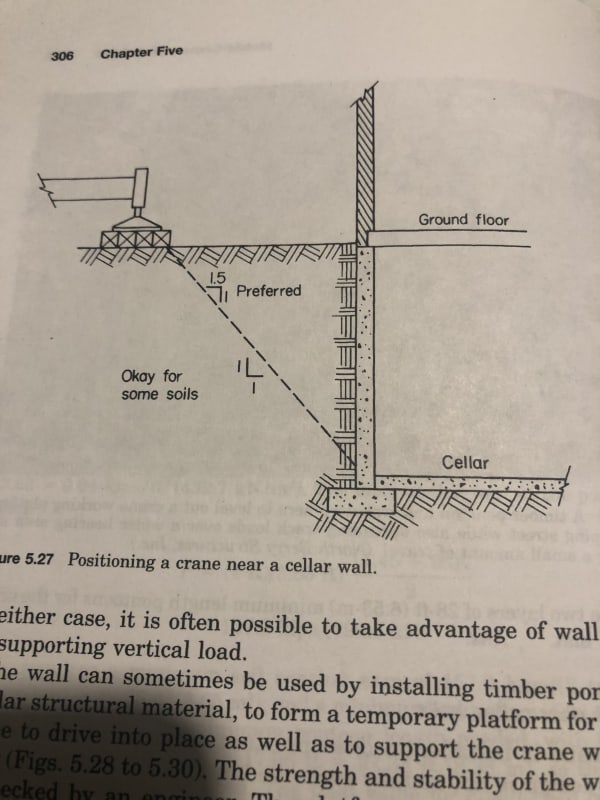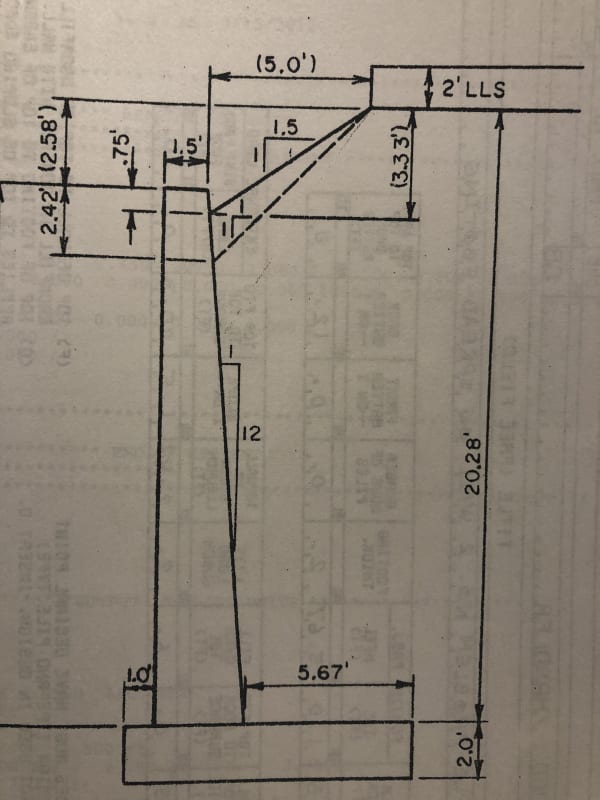structgeotec
Geotechnical
What is the rule of thumb to apply surcharges on a SOE coming from a building adjacent to the excavation?
How much surcharge comes from the building. say a 3 story building
How much surcharge comes from the building. say a 3 story building





![[thumbsup2] [thumbsup2] [thumbsup2]](/data/assets/smilies/thumbsup2.gif)